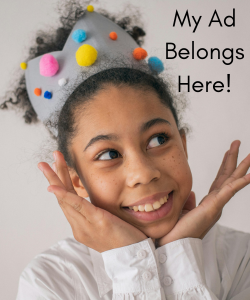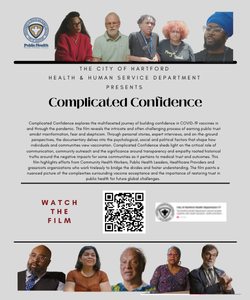By Dani Myers Frierson
During the Black Migration, art wasn’t just about creativity in Hartford’s North End—it was about identity, community, and pushing for change. As Black families moved from the South looking for better opportunities, they brought with them a deep tradition of music, visual arts, and storytelling. These forms of expression became the foundation of a thriving cultural scene that shaped the neighborhood for generations.
How Art Shaped the North End
Art gave people a way to tell their stories, celebrate their heritage, and build spaces where they felt seen and heard. Murals, jazz clubs, poetry readings, and cultural centers kept the community connected. Jazz, gospel, and blues weren’t just entertainment—they were lifelines. Spoken word became a form of activism, and public art reflected the struggles and pride of the Black experience.
Key Artists & Institutions
Jackie McLean – A jazz legend who put Hartford on the map and gave back to the community by founding the Artists Collective, which still stands as a pillar for Black and Latino arts.
Abiodun Oyewole – A founding member of The Last Poets, he helped shape the spoken word movement that blended art with activism.
The Artists Collective – More than an arts center, it became a home for young people to learn music, dance, theater, and visual arts while staying connected to their roots.
The Hartford Jazz Society – The oldest jazz society in the country, keeping Hartford’s jazz scene alive.
The Amistad Center for Art & Culture – Preserving African American art and history, making sure these stories continue to be told.
A Personal Connection to This Legacy
I had the unique experience of being in the last class at the Artists Collective’s original Clark Street location and the first class in the new building on the avenue. That transition wasn’t just about a new space—it felt like stepping into the next chapter of history. The foundation built on Clark Street carried over, but the new building symbolized growth, evolution, and a commitment to the future of Black and Latino arts in Hartford. Being part of that moment meant witnessing firsthand how art continues to shape and uplift our community.
Murals, street art, and institutions like the Wadsworth Atheneum began showcasing Black artists in new ways, ensuring that these cultural contributions were recognized and preserved. And today, places like Hartford Public Library, Hartford Stage, and The Hartt School continue to support and elevate Black artists.
The legacy of that era isn’t just history—it’s still shaping Hartford’s culture today. And having been part of that transition at the Artists Collective, I know firsthand how powerful that legacy is and I am humbled to be a bridge for those that are up next.
Extra Petal: “Art is a way to reveal the truth about human existence and to challenge society’s traditions.” ~ James Baldwin





